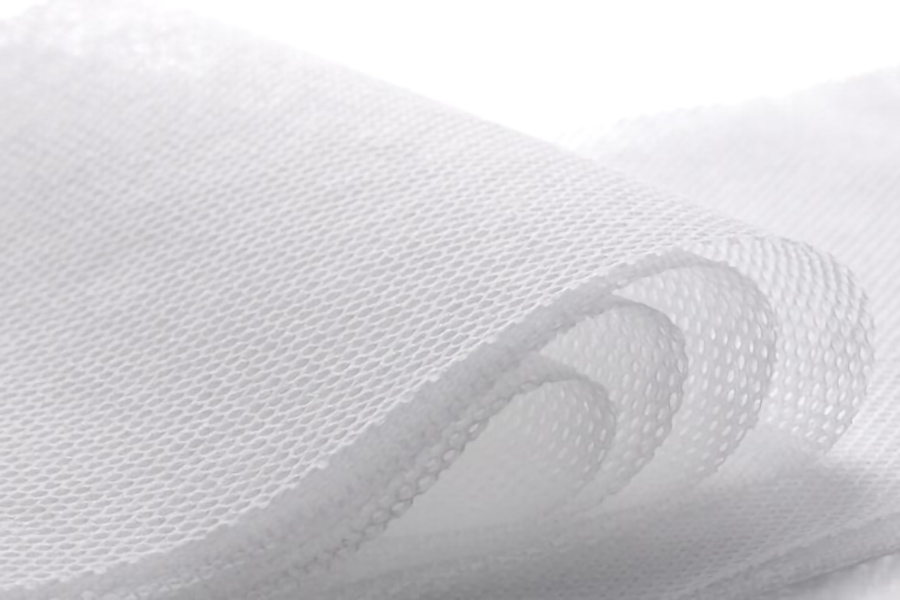The differences between
hot air nonwoven fabric and other types of nonwoven fabrics lie in the manufacturing process and the specific properties imparted by that process. Here are some key distinctions:
Production Method:
Hot Air Nonwoven Fabric: Produced using a hot air bonding process where fibers are bonded together with the application of hot air. This can be done with or without the use of binders or adhesives.
Spunbond Nonwoven Fabric: Created by extruding continuous filaments of a thermoplastic polymer, which are then laid onto a conveyor belt and bonded by applying heat and pressure.
Meltblown Nonwoven Fabric: Involves the extrusion of molten polymer through tiny nozzles, which are then stretched into fine fibers and collected on a moving conveyor belt to form a web. The fibers are bonded by heat or pressure.
Fiber Characteristics:
Hot Air Nonwoven Fabric: Fibers are often crimped or curled, providing a three-dimensional structure that enhances strength and softness.
Spunbond Nonwoven Fabric: Typically consists of long continuous filaments, resulting in a smoother surface and high tensile strength.
Meltblown Nonwoven Fabric: Features fine fibers that are randomly dispersed, creating a high surface area and excellent filtration properties.
Strength and Durability:
Hot Air Nonwoven Fabric: Known for its strength and durability, with good resistance to tearing and abrasion.
Spunbond Nonwoven Fabric: Offers high tensile strength, making it suitable for applications requiring robust and durable materials.
Meltblown Nonwoven Fabric: While fine and lightweight, may have lower tensile strength compared to hot air and spunbond fabrics.
Porosity and Filtration:
Hot Air Nonwoven Fabric: Can be engineered to have specific porosity levels, making it suitable for filtration applications.
Spunbond Nonwoven Fabric: Generally has lower porosity compared to meltblown, but higher than some other nonwoven types.
Meltblown Nonwoven Fabric: Known for its fine fibers and high porosity, making it excellent for filtration applications.
Applications:
Hot Air Nonwoven Fabric: Commonly used in medical and hygiene products, as well as in filtration applications.
Spunbond Nonwoven Fabric: Used in various applications such as agriculture, construction, and automotive industries.
Meltblown Nonwoven Fabric: Widely used in air and liquid filtration, medical masks, and absorbent products.
Understanding these differences can help in selecting the most suitable nonwoven fabric for specific applications based on the required properties and performance characteristics.
